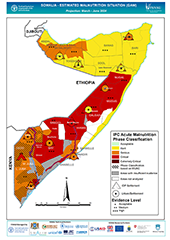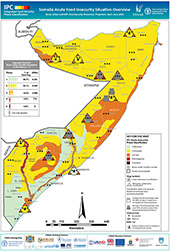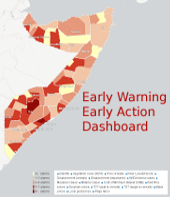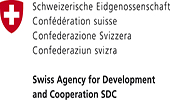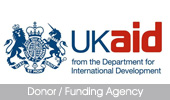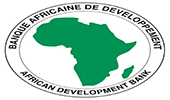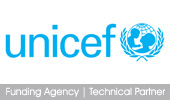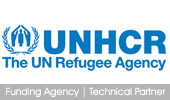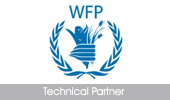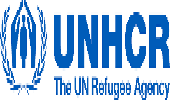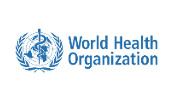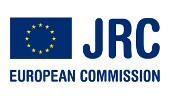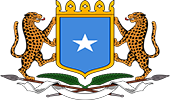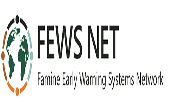More than 4.1 million people in Somalia face acute food insecurity Crisis (IPC Phase 3) or worse outcomes
Issued: February 10, 2022
February 10, 2022, Mogadishu/Washington – Over 4.1 million people across Somalia, or over 25 percent of the total population, need urgent humanitarian food assistance to prevent food consumption gaps or the accelerated depletion of livelihood assets indicative of Crisis (IPC Phase 3)1 or worse outcomes through mid-2022. The key drivers of acute food insecurity in Somalia include the combined effects of consecutive seasons of poor and erratic rainfall distribution and conflict. Moreover, approximately 1.4 million children, or over 44 percent of population of children under the age of five are likely to be acutely malnourished, including nearly 329 500 who are likely to be severely malnourished. Large-scale and sustained humanitarian food assistance and government support since July 2021 have mitigated the magnitude and severity of food insecurity in many areas. However, available forecasts indicate an increased likelihood of moderately below-average rainfall during the 2022 Gu (April-June) season across most of the country, which would adversely affect food security and nutrition outcomes. These findings are based on the 2021 post-Deyr seasonal food security and nutrition assessment conducted across Somalia in November and December 2021. The assessment and the subsequent analyses were jointly led by the Food Security and Nutrition Analysis Unit (FSNAU, a project managed by the Food and Agriculture Organization of the United Nations) and the Famine Early Warning Systems Network (FEWS NET, a project funded by USAID) with the active participation of government institutions, UN, and NGO partners.
The October to December 2021 Deyr season was characterized by a delayed start, early end, and erratic rainfall distribution. As a result, cumulative rainfall was 40 to 60 percent below average across most parts of southern, central and adjacent parts of northern Somalia. The poor rains led to crop failure in central Somalia and below-average Deyr crop production in southern and northwestern Somalia, resulting in the third lowest Deyr harvest since 1995 in southern Somalia. Although Deyr rains partially replenished pasture and water in some areas, these resources are inadequate to support normal livestock production until the onset of Gu season rainfall in April 2022.
2021 Deyr season cereal production in southern Somalia is estimated at 42 700 tons, which is 58 percent below the 1995-2020 average, mainly due to poor and erratic rainfall, prolonged dry spells, limited availability water for irrigation in riverine areas, insecurity and shortage of farm inputs. In the Northwest, the 2021 Gu/Karan cereal production is estimated at 17 200 tons, which is 56 percent below the 2010-2020 average, mainly due to severe crop moisture stress, pests and bird attacks.
In pastoral areas, water and pasture shortages have forced pastoralists to migrate to distant grazing areas. Poor pastoralists in many areas are unable to cope with the rising costs of water and food, especially when they are already experiencing a significant decline in saleable animals due to distressed sales, weak/emaciated body conditions, and excess deaths. With fewer livestock births expected in 2022, reduced income from livestock sales, and low availability of milk for both adults and children, poor households face moderate to large food consumption gaps.
In agropastoral livelihood zones, where the main shocks include erratically distributed rainfall and conflict, poor households have experienced substantial crop losses and low income from agricultural employment. With few alternative sources of food and income after current food stocks are depleted, they face moderate to large food consumption gaps through mid-2022. In riverine livelihood zones along the Shabelle and Juba rivers, poor rainfall and low river levels contributed to crop losses and the loss of income from agricultural employment. Consequently, a significant proportion of poor households in riverine areas will also face moderate to large food consumption gaps through mid-2022.
A majority of the estimated 2.9 million Internally Displaced Persons (IDPs) across Somalia are poor with limited livelihood assets, few income-earning opportunities, low access to communal support and high reliance on external humanitarian assistance. As a result, a significant proportion of IDPs (in both rural and urban settlements) face moderate to large food consumption gaps through mid-2022.
Drought-related population displacement has increased in November and December 2021 and this could increase further over the next several months unless humanitarian assistance is urgently scaled up and able to reach the affected areas. Some of the urban poor across Somalia also continue to face moderate to large food consumption gaps over the same period, partly due to a slowdown in economic activities in urban areas and the rising costs of food and other essential non-food items.
Based on the results of household surveys and field assessments conducted in November and December 2021, more than 2.4 million people faced Crisis (IPC Phase 3) or worse outcomes in the presence of humanitarian assistance in January 2022. An additional 3.4 million people were Stressed (IPC Phase 2), with some of them likely at the brink of Crisis (IPC Phase 3), bringing the total number of people experiencing acute food insecurity to 5.9 million. Humanitarian food and cash assistance reached an average of 2.4 million people per month between July and December 2021, up from an average of 1.6 million people between January and June 2021. Scaled up and sustained assistance has likely prevented the worsening of food security and nutrition outcomes across many parts of Somalia.
From February to June 2022, food insecurity is expected to further deteriorate among poor rural, urban, and displaced populations due to the impacts of anticipated, below-average 2022 Gu (April to June) season rainfall, high and rising food prices, continued insecurity and other risk factors that affect food insecurity, such as the rising cost of living, declining availability of milk for both consumption and sale, and an anticipated reduction in agricultural labor demand during the forthcoming Gu season. If humanitarian food assistance is not scaled up and sustained, an estimated 4.1 million people across Somalia are expected to face Crisis (IPC Phase 3) or worse outcomes through June 2022, inclusive of a significant increase in the number of households facing Emergency (IPC Phase 4). Up to 3.7 million additional people are expected to be Stressed (IPC Phase 2), bringing the total number of people facing acute food insecurity to nearly 7.9 million, which is equivalent to roughly half of the total Somali population. The February to June 2022 projections do not factor in the potential impact of food assistance, as information on planned and funded food and cash assistance through mid-2022 was not available at the time of the analysis. Humanitarian assistance must be urgently scaled up and sustained through June 2021 to prevent Crisis (IPC Phase 3) or Emergency (IPC Phase 4) outcomes for 4.1 million people. Livelihoods support is also required for people that are Stressed (IPC Phase 2) or worse.
If the 2022 Gu rains perform more poorly than currently forecast – such as a significantly delayed start of season, severe rainfall deficits, or very erratic rainfall distribution – then it is possible that food security and nutrition outcomes would be more severe than currently projected. Close monitoring of the onset and performance of the Gu season is required.
Click here to download the full report
